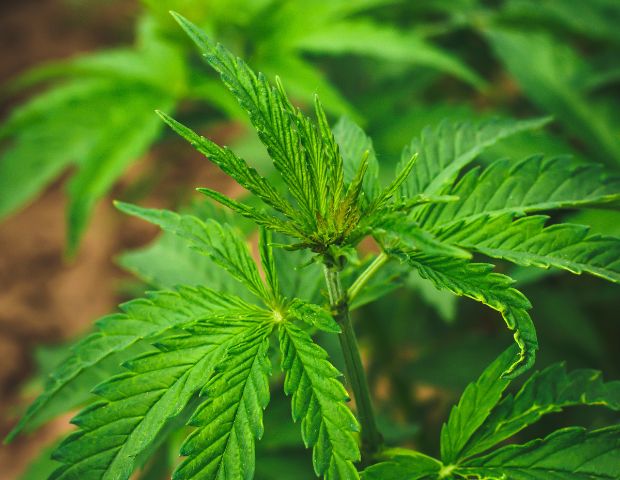How Local Newspapers Strengthen Community Bonds
.jpg)
Alexandria, December 2024 - In a world increasingly dominated by digital media and global news cycles, local newspapers remain vital pillars of communities. While they may not attract the same attention as major national or international outlets, their unique ability to focus on grassroots stories, regional concerns, and hyper-local events gives them unmatched importance. Local newspapers serve as the connective tissue that binds residents together, fostering a sense of belonging and shared identity. Providing a Platform for Local Voices One of the most significant ways local newspapers foster community bonds is by amplifying local voices. Unlike larger publications that cater to broad audiences, local newspapers focus on the people, businesses, and stories that define a particular area. These platforms give residents a space to share their experiences, ideas, and concerns. Letters to the editor, guest columns, and community opinion pieces allow individuals to participate in civi...





